Powell-Smith & Furmston's Building Contract Casebook, Fourth Edition

Powell-Smith & Furmston's Building Contract Casebook, Fourth Edition By Michael Furmston(auth.)
2006 | 564 Pages | ISBN: 1405118814 | PDF | 3 MB
This well established reference book brings together leading cases on building contracts to illustrate legal principles. It provides a statement of the principle established, a summary of the facts and the decision and, for most cases, a verbatim extract of the judgment. The latest edition includes a number of new cases since the last edition was published in 1999. Content: Chapter 1 Letters of Intent (pages 2-8): Chapter 2 Costs of Tendering (pages 9-14): Chapter 3 Tenders and Estimates (pages 15-22): Chapter 4 Incorporation of Documents (pages 23-48): Chapter 5 Completion of the Contract (pages 49-65): Chapter 6 The Contractor's Obligations (pages 68-152): Chapter 7 The Employer's Obligations (pages 153-206): Chapter 8 Ownership and Vesting of Materials (pages 207-214): Chapter 9 Acceptance and Defects (pages 215-218): Chapter 10 Approval and Certificates (pages 219-259): Chapter 11 Variations (pages 260-280): Chapter 12 Damages for Breach of Construction Contracts (pages 281-310): Chapter 13 Prolongation and Disruption Claims (pages 311-367): Chapter 14 Liquidated Damages and Extensions of Time (pages 368-410): Chapter 15 Release (pages 412-416): Chapter 16 Frustration (pages 417-425): Chapter 17 Illegality (pages 426-429): Chapter 18 Forfeiture Clauses, Repudiation and Determination (pages 430-452): Chapter 19 Limitation (pages 453-462): Chapter 20 Assignment and Sub?Letting (pages 464-474): Chapter 21 Domestic Sub?Contractors (pages 475-477): Chapter 22 Nominated Sub?Contractors (pages 478-511): Chapter 23 Building Contracts and the Law of Tort (pages 514-537):


![S.T.A.L.K.E.R. 2 / STALKER 2: Heart of Chornobyl - Ultimate Edition (2024) [+UPDATE 23.12.2024 - v1.1.3] ElAmigos / Polska wersja językowa](https://i.postimg.cc/Zqd8RWGY/UZG8PBE.jpg)



































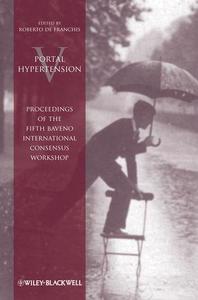
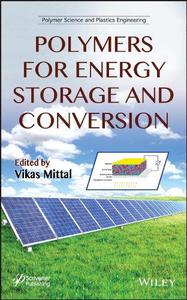
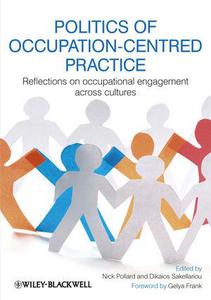
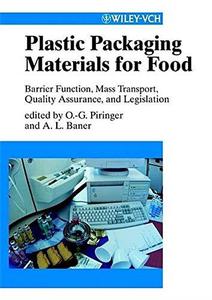
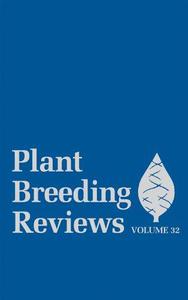
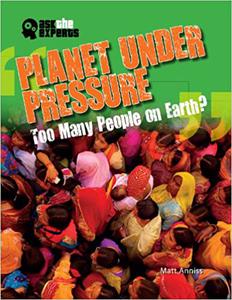
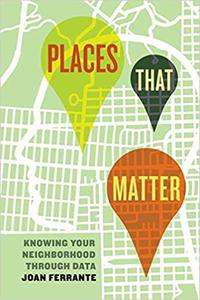

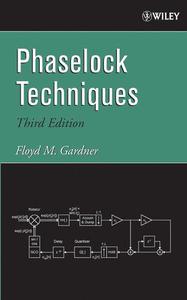







![David Gilmour - Luck and Strange (2024) [FLAC]](https://i.imgur.com/everaBc.jpeg)
![Męskie Granie Orkiestra - Męskie Granie 2024 (2024) [FLAC]](https://i.imgur.com/FAyOxrM.jpeg)
![The Rolling Stones - Hackney Diamonds (2023) [FLAC]](https://i.imgur.com/wCkyyUN.jpg)
![Lady Gaga - Harlequin (2024) [FLAC]](https://i.imgur.com/dcgIA8D.jpeg)
![Natalia Kukulska - Dobrostan (2024) [FLAC]](https://i.imgur.com/bdljG3O.jpeg)
![Kaśka Sochacka - Ta druga (2024) [FLAC]](https://i.imgur.com/hORQKvn.jpeg)
![Kuba Sienkiewicz - Pani Bóg (2024) [FLAC]](https://i.imgur.com/qijCx8Z.jpeg)
![Lanberry - Heca (2024) [FLAC]](https://i.imgur.com/8P7QfeR.jpeg)
![Sara James - PLAYHOUSE (2024) [FLAC]](https://i.imgur.com/m4f8OKg.jpeg)
![Grzegorz Hyży - EPILOG (2024) [FLAC]](https://i.imgur.com/8DA2sBr.jpeg)
![Myslovitz - WIECZORAMI CHŁOPCY WYCHODZĄ NA ULICE (2024) [FLAC]](https://i.imgur.com/l9mMtIG.jpeg)
![Krzysztof Zalewski - ZGŁOWY (2024) [FLAC]](https://i.imgur.com/vh48RAc.jpeg)
![Krzysztof Cugowski - Wiek to tylko liczba (2024) [FLAC]](https://i.imgur.com/SBzgqe2.jpeg)
![Nosowska - Kasia i Błażej (2024) [FLAC]](https://i.imgur.com/mObvVXQ.jpeg)
![sanah - Pianinkowe Kaprysy (2024) [FLAC]](https://i.imgur.com/pVjjPAa.jpeg)
![Kwiat Jabłoni - Pokaz slajdów (2023) [FLAC]](https://i.imgur.com/diERHfZ.jpg)
![Robert Cichy - Spacer po Warszawie (2024) [FLAC]](https://i.imgur.com/ixleU9o.jpeg)
![Viki Gabor - Terminal 3 (2024) [FLAC]](https://i.imgur.com/Q1KCnDs.jpeg)
![Sanah - Kaprysy (2024) [FLAC]](https://i.imgur.com/71OZm4h.jpeg)
![Męskie Granie Orkiestra - Męskie Granie 2023 (2023) [FLAC]](https://i.imgur.com/U4YHo8d.jpg)




